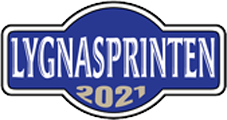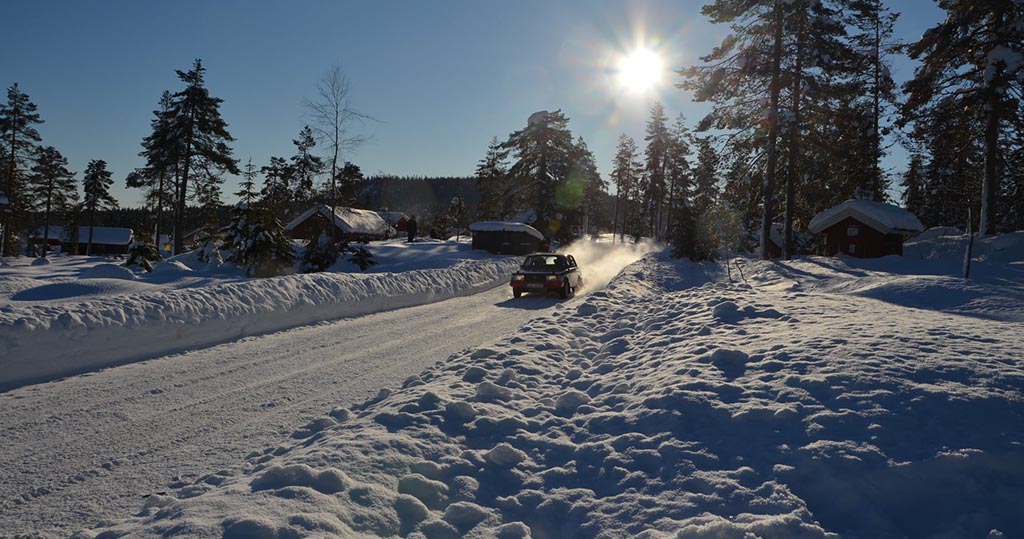The situation in the Rally World is now such, that instead of choosing what to write about, you are just looking for something that at least happened over the weekend. And luckily for all of us, there is a bit of action – either Southerners or Northerners are moving a little bit. On the other hand, it’s quite interesting to look for more valuable stories from events you wouldn’t even know about in normal times.



The situation with the pandemic in Norway is not covered with roses either, but the Nordics are looking for a variety of ways to get racing legally. Finnskog, the opening rally of the national championship, has been postponed from the last weekend of January to the end of February, so everyone who was ready to race was looking where they can test their spiked tires. And here came the help from the Norwegian Motor club Hadeland, which organized the sprint event. This rally was constantly on the calendar from 1985 to 1999 and only returned last year.

Lygnasprinten took place in forests that grow slightly north of Oslo. Very close to the places where the Finnskog rally should take place at the end of the month. The sprint consisted of two special stages, which the racers ran twice. One short is 6.45 km and the other is 22.32 km. The last ride was already in the dark. The crews had to install additional lamp pods themselves, as there was no service area in this rally. All the crews could do was change tires, put on extra lights and refuel. This reduced the number of people during the rally, along with all the other measures like the absence of spectators, tests, and a kind of rally bubble. And everything seems to have gone great. The brave last-minute decision to run the rally anyway, even with tighter regulation in the region at the time, was the right one.

The rally itself is reminiscent of the recently described Arctic Lapland Rally. The snowbanks reaching the roof of the car, the road reminiscent of a winding and mountainous tunnel to nowhere, as nothing can be seen apart from the snow walls and treetops. On that road, you can meet only wildlife, which makes it easier for them to travel on cleaned roads. And sometimes you can spot a photographer, a marshall, or a few spectators from somewhere who meditate by the fire while waiting for action.

Thus, the vacuum in the Norwegian rally attracted a very large number of participants to Lake Lygna. The first 19 start numbers were distributed to historic cars. And they were driven not only by men who had climbed to a fiftieth or so, holding historic cars in garages but also by younger, famous Norwegian racers. The number one was given to Ford Escort MK1 which was driven by Henning Solberg, who was once active in the World Rally Championship and also a member of the now extremely popular Solberg family. After 2019, when he participated in the WRC2 class, Peter Solberg’s brother rarely goes out on rally tracks. Unfortunately this time the old Escort MK1 had a mechanical failure. The only person who could resist H. Solberg in this historical class was Eyvind Brynildsen. This two-time Norwegian champion, who was sixth in the WRC2 class last year, was confident in the VW Golf 2 GTi at the Lygnasprinten rally. Father Per Erik Brynildsen also joined the son, with a very old Saab V4. Eyvind easily won in the historic car class and finished high 13th overall, surpassing even a few R5s and other cars of a much higher caliber. In the Finnskog rally entry lists, next to his name, the Volvo 740 is proudly displayed. Another fast Scandinavian seems to be replacing modern technology with old RWD cars that make a smile on your face.

And the battle between modern cars lasted until the last meters of the rally. It was a three-way battle. Norwegian champion Anders Grøndal stayed in his Ford Fiesta Rally2 despite testing other R5 cars last year. Next to him is another champion, Frank Lare Torsen, who replaced the Ford Fiesta R5 with a VW Polo GTI R5. And the biggest star was Christian Ole Veiby with the Hyundai i20 R5. Behind this trio, there were many other fast rivals with the latest Rally2 equipment.

A. Grøndal started the rally in the best way, winning the first special stage, but later he left constantly behind and was 40 seconds away from first place at the finish. He said he himself did not know what led to the slower pace than the other two. And O.C. Veiby and F.T. Larsen kept changing first and second places on the special stages until finally a former Hyundai factory team representative had to recognize his compatriot F.T. Larsen’s victory. After a 57-kilometer fight, they were separated by just 4 seconds.

So the rally people are now waiting for the end of February and a positive decision to run the Finnskog rally in the east of the country, near the Swedish border. One such winter rally – Numedalsrally has already been officially canceled.
Say Thank you and become part of Rally Week:
Photos – Terje Tytlandsvik / TT Bilder












